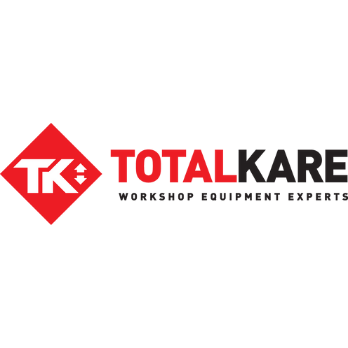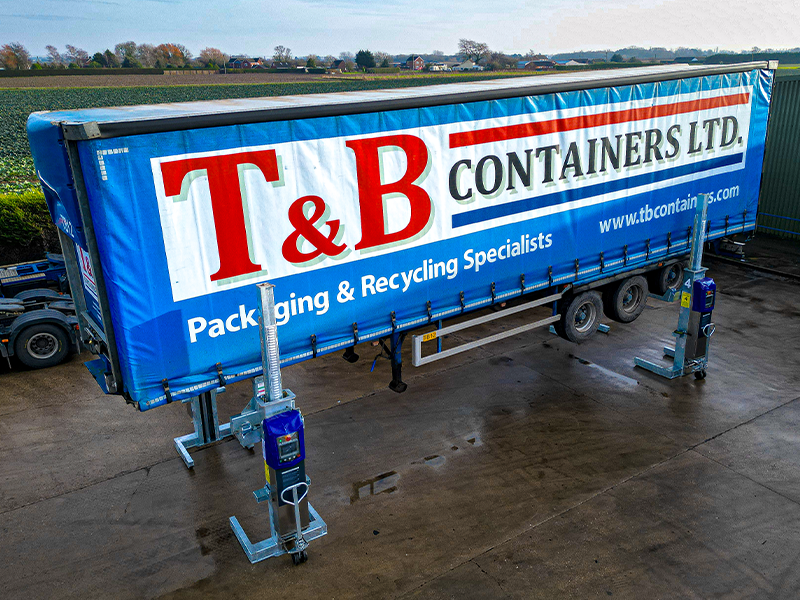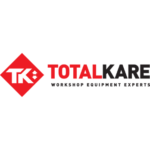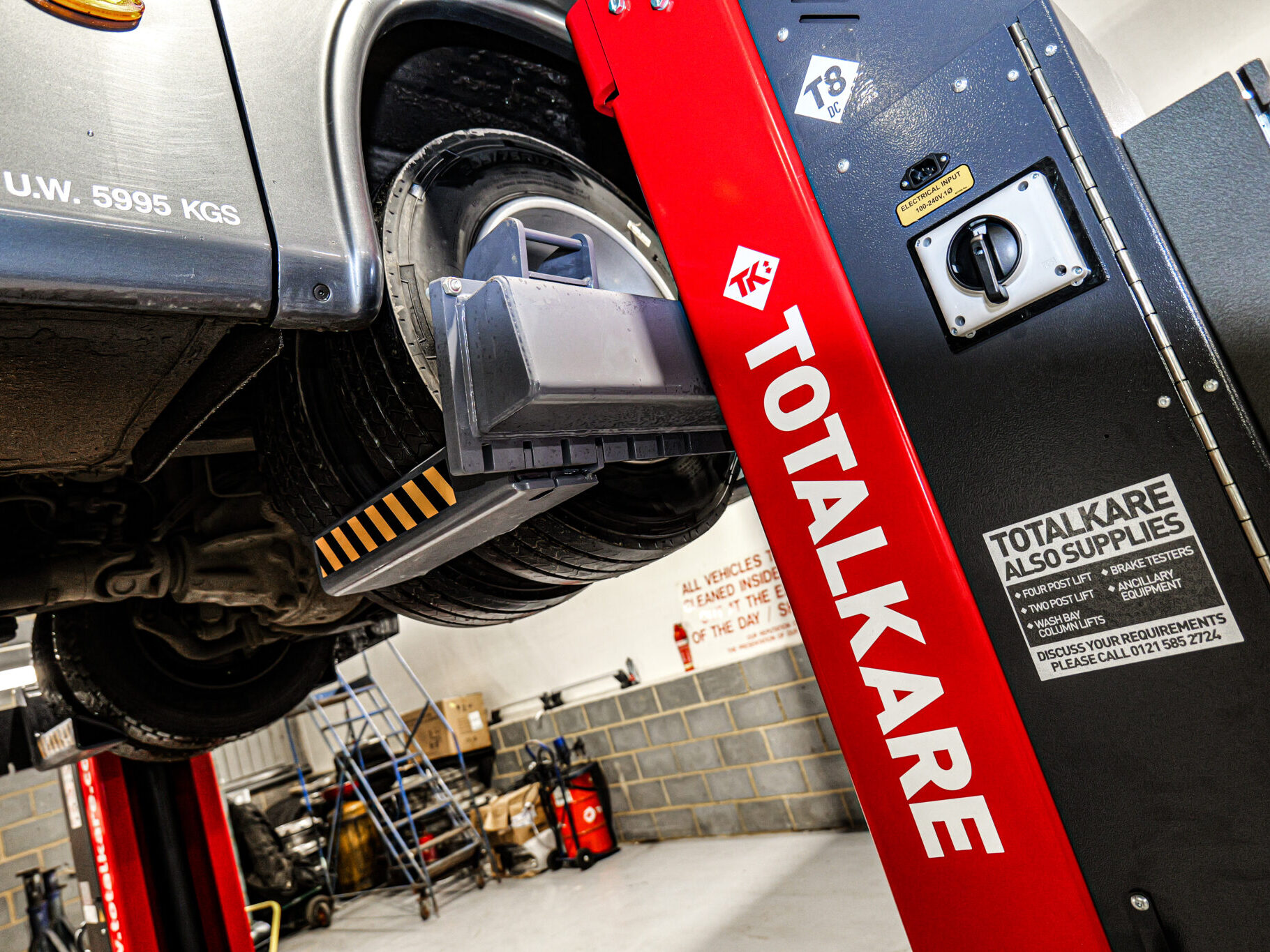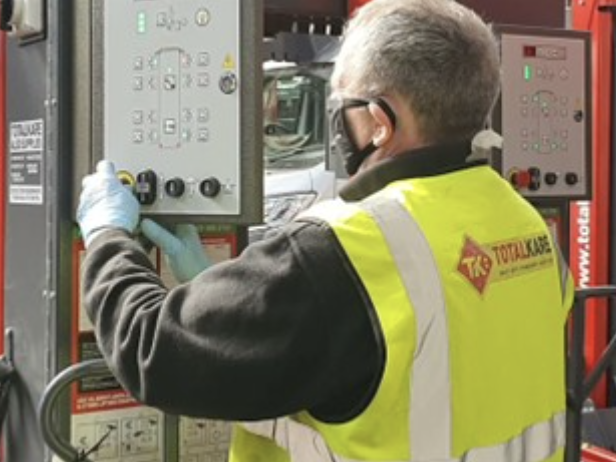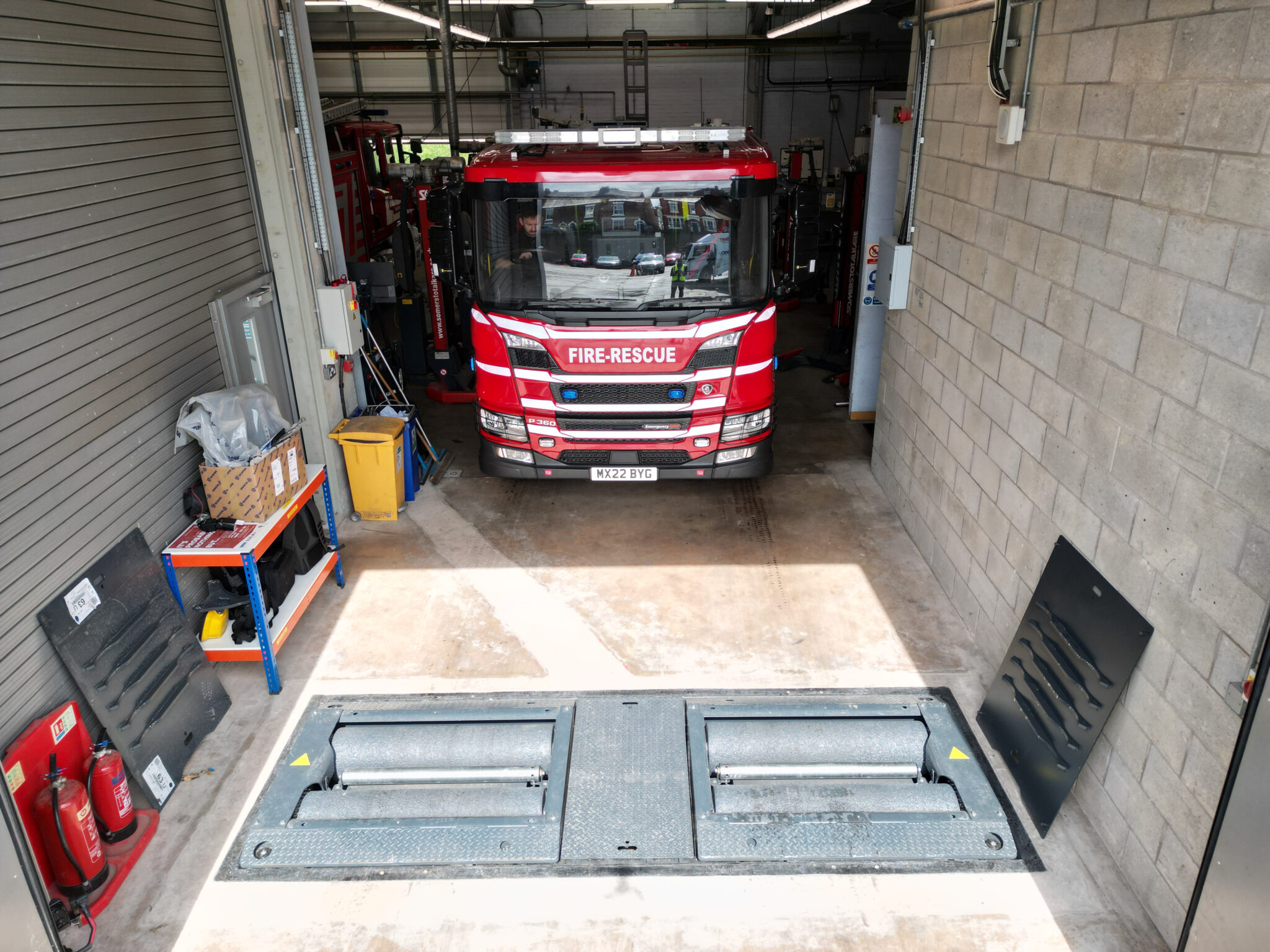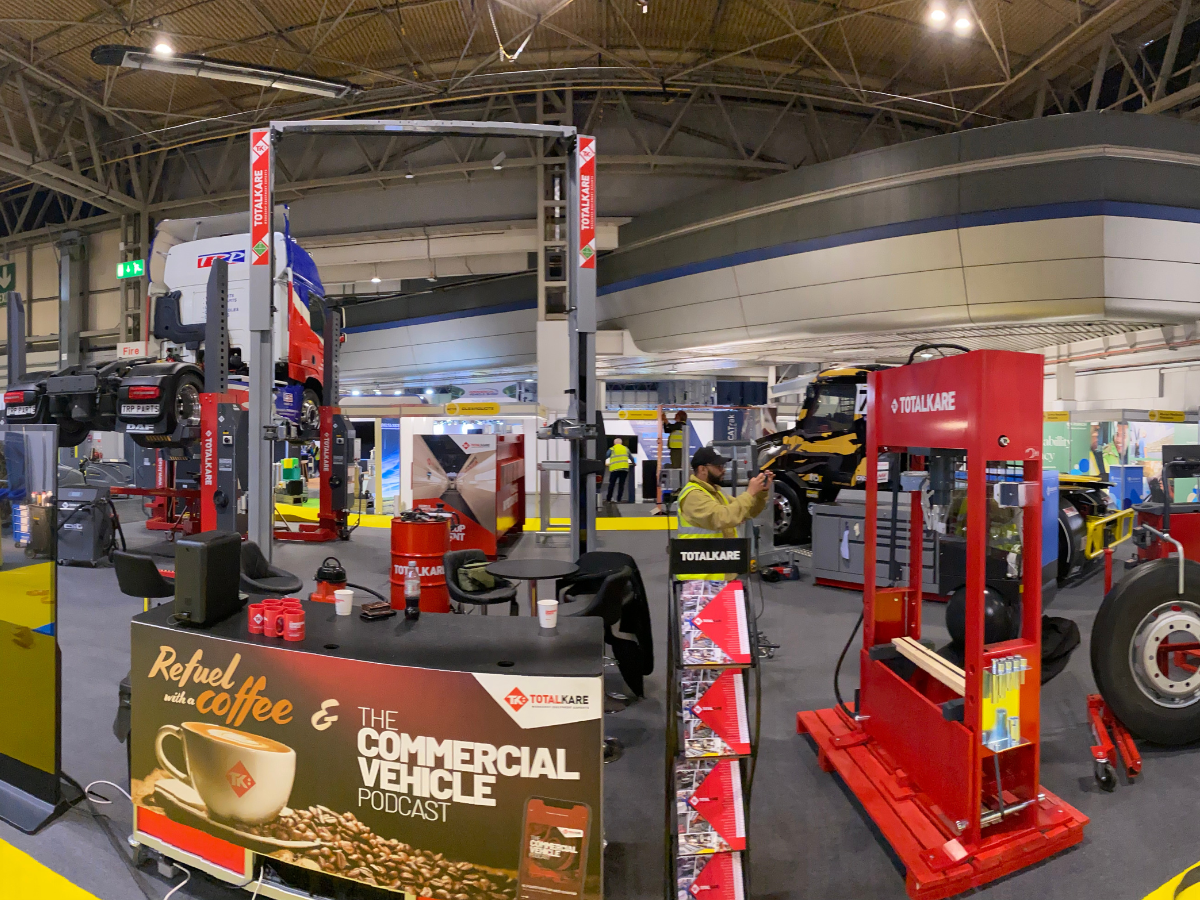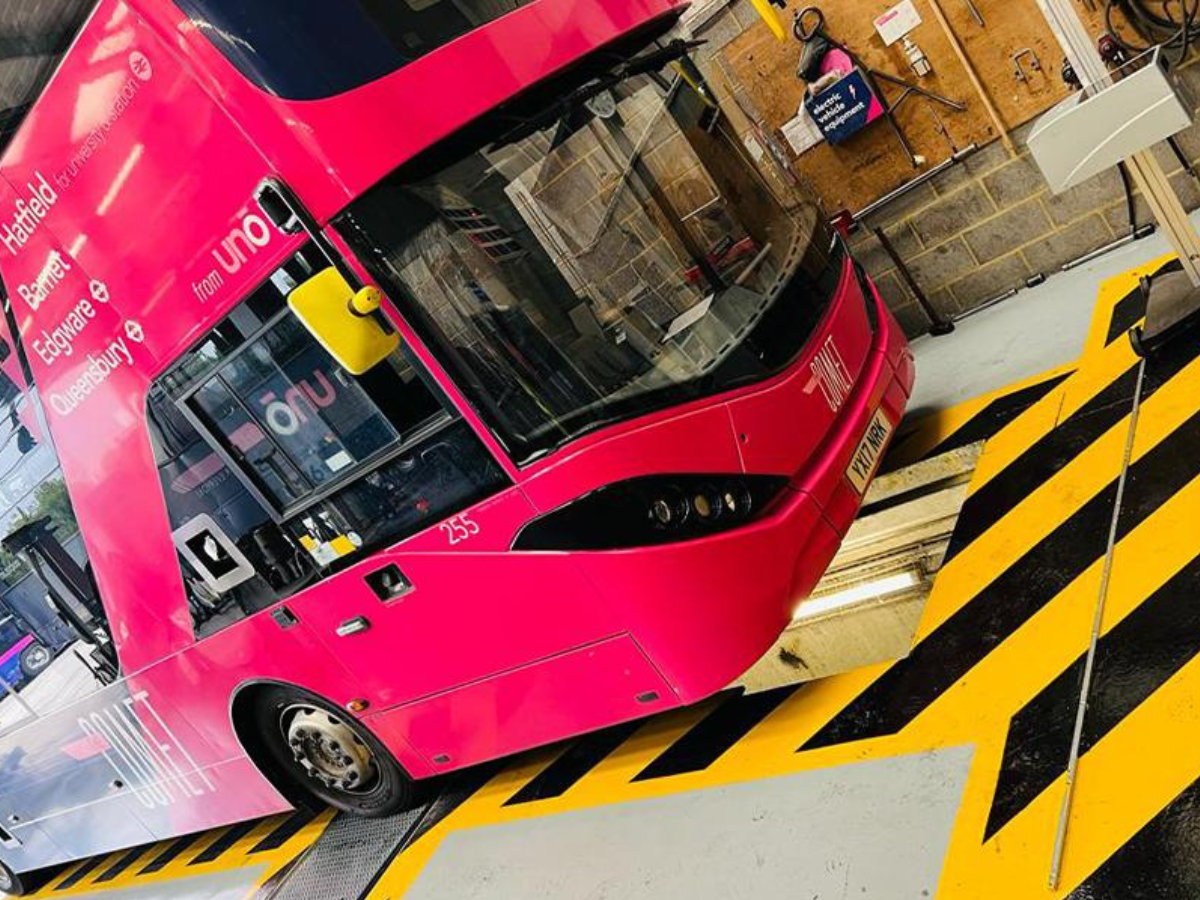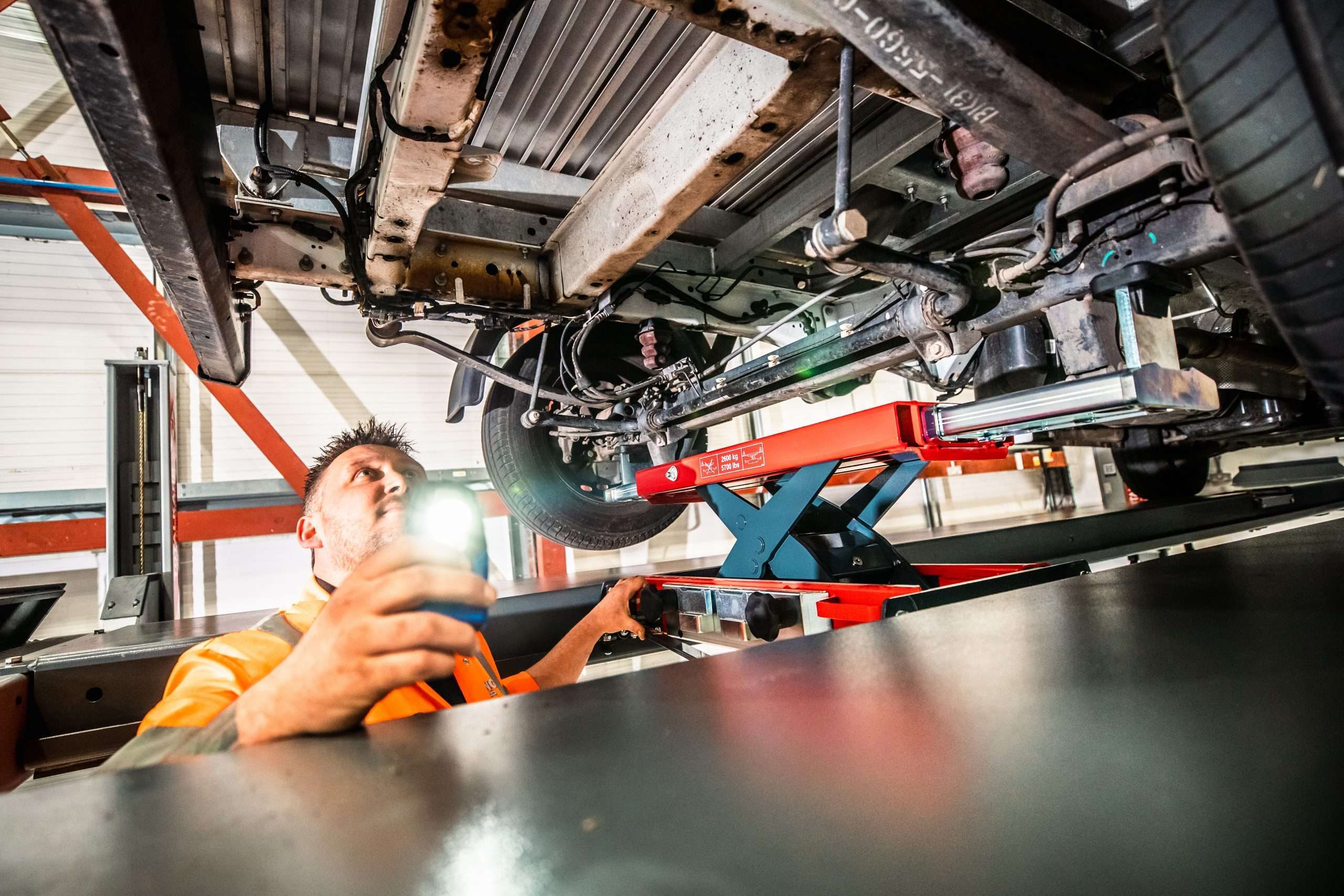If you’re running a larger fleet, fuel economy should be one of your top priorities.
And there’s one service for your vehicles that can help you directly with that — a service that’s often overlooked, and often misunderstood.

Here’s what you need to know about wheel alignment — how it works, what you’re looking for, and how the right wheel alignment tools can help you save money on your services.
Is Wheel Alignment Different From Wheel Balancing?
We’ve talked before about the differences between wheel alignment and wheel balancing. But if you’re looking for the quick answer:
Wheel alignment and wheel balancing are two completely separate services — with different tests, different equipment, and different goals.
Wheel balancing is about adjusting the distribution of weight inside the wheel to correct imperfections, using a dedicated wheel balancer that rotates the wheel and measures how it moves using optic sensors.
Wheel alignment is about adjusting the suspension — measuring the different angles of the wheel and how it connects to the vehicle, and getting the optimal angles for smooth and efficient driving.
What’s Being Tested in a Wheel Alignment Service?
There are five main angles that a wheel alignment service is looking for. They’re all related to the orientation of the wheel, and how it connects to the vehicle’s suspension.
The best wheel alignment equipment will measure:
- Camber — the vertical angle of the wheels as seen from the front
- Toe — the side-to-side angle of the wheels as seen from the top
- Caster — the angle of the steering axis as seen from the side
- Thrust — the angle between the rear axle, the front axle, and the centre of the vehicle
- Scrub — the alignment between the steering axis and the tyre at road-level
How Are They Measured?
Modern wheel alignment machines usually measure wheel alignment in two main ways:
Optical sensors (like our Heavy Duty Wheel Alignment System)
Laser sensors (like our Quick Check Instant Wheel Alignment system)
The readings from each wheel are then wirelessly fed into a computer unit that’s equipped with a database of vehicle information — comparing the angles it measures on your vehicles to what those readings should be for your particular make and model.
Our Heavy Duty Wheel Alignment System, for example, uses 6 wireless optic sensors attached to the wheels to give you live data on up to 3 axles — measuring the toe and camber on the front axle, and the thrust and scrub on the rear angles.
You’ll get a complete visualisation of every measurement from every wheel all at once — so you can spot the exact problem areas (and how far they are out of alignment).
What About Tyre Tread?
Tyre tread is a measurement that’s technically separate from wheel alignment.
But the two are closely related — and the services often go hand in hand.
A poor wheel alignment can cause excessive wear and tear on your tyres, with an imbalance of weight and forces that means different parts of the tyres are taking different levels of stress.
This extra wear is one of the telltale signs that you’ve got a problem with your wheel alignment — and can lead to reduced grip on the road.
So if you’re running a fleet that checks its own wheel alignment, measuring the tyre tread should be an essential part of your regular services.
What Equipment Do You Need for Wheel Alignment?
If you’re looking for a pure wheel alignment tool without measuring tyre tread, you can get a complete solution with our Heavy Duty Wheel Alignment System.
It’s designed specifically for heavy-duty commercial vehicles, with a set of 6 wireless optical sensors to cover up to 3 axles at once.
And with its connected computer unit, you’ll have access to the most extensive vehicle information database software, including vehicle-specific procedures for technicians.
It’s an all-in-one piece of kit that’s easy to use and completely mobile. So you can use it in any workspace in your workshop — with an inspection pit, a vehicle lift, or just on your shop floor.
And the best part?
When you invest in your own in-house equipment, it pays for itself in the long term.
Without the repeat costs of outsourcing your tests (or the wasted time with your vehicles out of action), you can conduct your own wheel alignments as frequently as you need — and on as many vehicles as your fleet can hold.
What About Wheel Alignment With Tyre Tread?
If you’re going for the full service on your vehicles — testing both wheel alignment and tyre tread at the same — you’ll need a more advanced piece of kit: Our Quick Check Instant Wheel Alignment system.
It’s a fast and simple drive-through wheel alignment tool that can be used by a solo driver without a technician.
You just need to drive your vehicle past the laser sensors for a complete scan of both your tyre tread and wheel alignment.
(It can also be used for one or the other — if you only need a wheel alignment scan, or you only need a tyre tread scan.)
By fully automating the process in a drive-through procedure (and by removing the need for an extra worker), the Quick Check is one of the easiest and fastest ways to get an instant scan — with the highest throughput and the least amount of labour.
Want To Know More About In-House Wheel Alignment?
Whether you’re a busy workshop or a larger fleet, bringing your equipment in-house is one of the wisest decisions your business can make.
And if you’re looking to make smart decisions, we’ve got the smart kit to help you get there. Check out our Heavy Duty Wheel Alignment and the Quick Check in our online shop — or talk to one of our workshop experts to get all the details you need.
This article was originally published by Totalkare Ltd.


